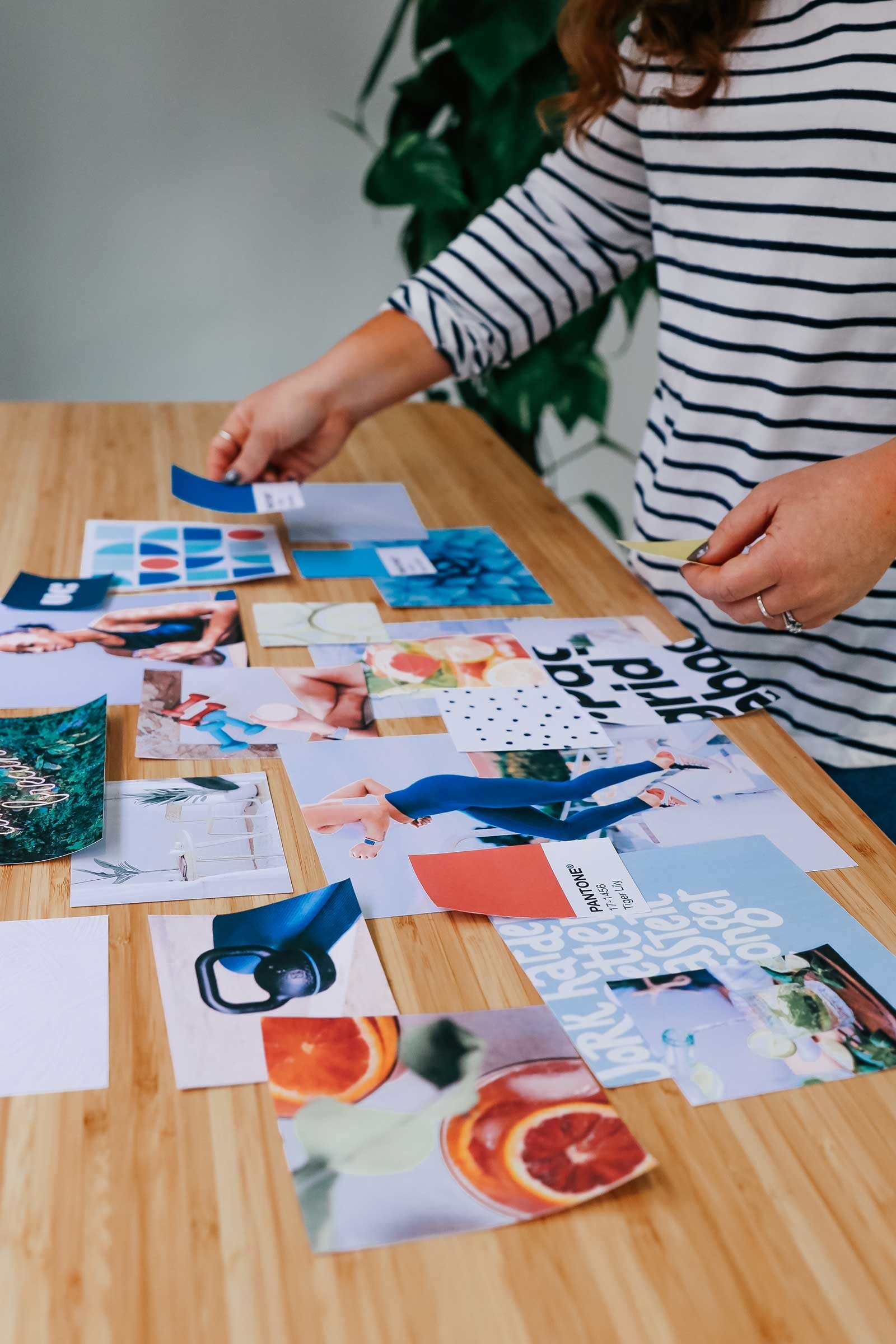What are mood boards and how do they help the creative process?
When I started Shiift I was keen to integrate mood boards into our creative process. Whilst not every designer or agency uses them, I've found mood boards to be a really important and formative stage on the journey to developing great work. Keep reading to find out why!
So what is a mood board?
A mood board is a collection of visual assets used to inspire and give direction and personality to projects in a way that words can’t always. They can feature anything from photos to typography, colour, quotes, illustration and patterns to communicate a particular style or concept to the client. Mood boards can be physical, made from cuttings and objects on a board, but here at Shiift we generally opt for a digital version – allowing for quicker turnaround and greater flexibility particularly amongst international clients.
When to use a mood board?
Mood boards can be used to breathe life into any project but they’re particularly important when working with new clients as they help establish a clear tone and provide a guiding light for the project ahead.
Why are mood boards so important?
Mood boards demonstrate that the designer has listened to the client
Mood boards are an effective way of capturing what the client and designer have discovered through their initial conversations. We pride ourselves in taking the time to really get to know our clients, their business ideas and goals through a ‘discovery’ session. These discovery sessions then inform the mood boards we develop to visually play back findings to the client, as well as use as a springboard to continue the creative discussion.
Mood boards bring the client’s vision to life
Clients have dreams which they are working hard to make a reality. Whether it’s a new business venture, event or website, it’s exciting for them to see their vision come to life. We've found that mood boards are especially effective (as well as pleasing!) for client's struggling to articulate a vision of what’s in their head. They're the first look and taster of what’s to come.
Mood boards create clarity for both designer and client
With mood boards being developed early in the creative process, allows time and space for adjustments to be made to match the client’s feedback before moving onto the bulk of the work. Moving into the next stage, mood boards then ensure that the work being produced stays cohesive and on track, with both parties feeling comfortable and having a mutual understanding of where the project is heading.
Mood boards are great reference guides
When it’s time to create concepts, define colour palettes and select typefaces, mood boards are a brilliant reference tool to inform these decisions. Both the client and designer can use it to refer back to ideas and inspiration and to ensure that the designs stay true to the initial vision for the brand, event, or website – you name it! At the end of a project the mood board can then be incorporated into the style guide or brand guidelines, acting as a reference point and source of inspiration to keep the brand focused for years to come.


